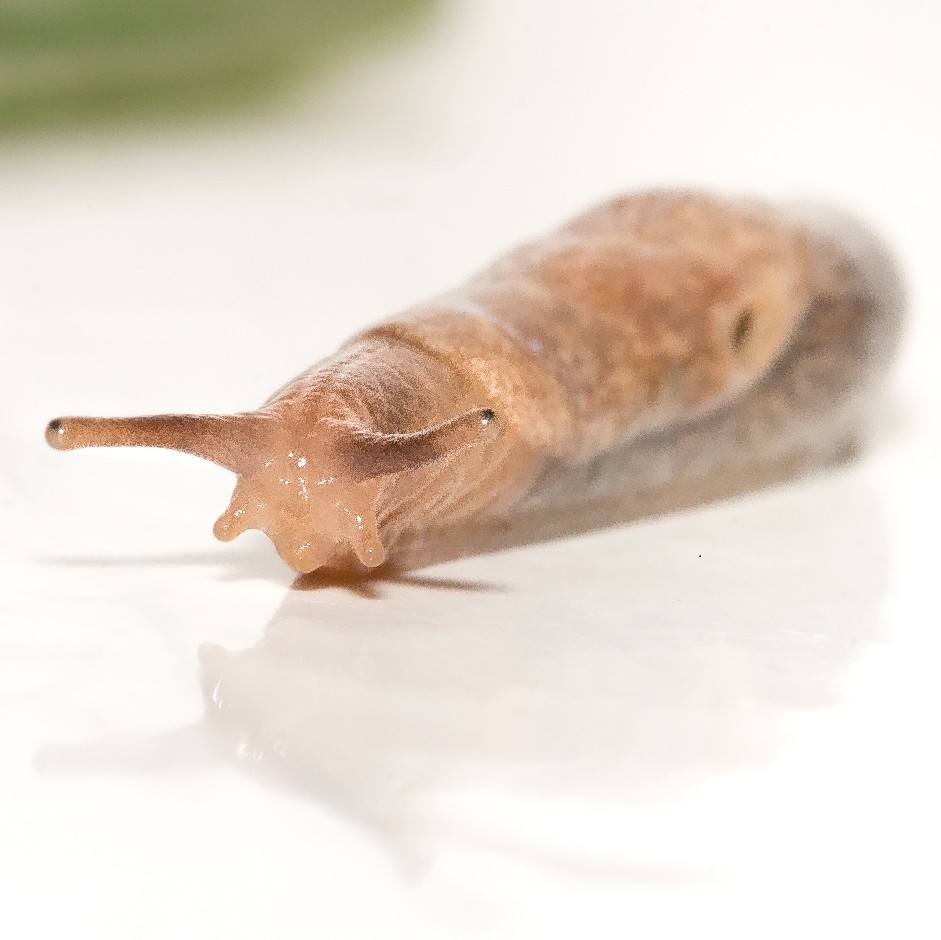
Introducing...
Bold-leaved hostas
Botanical name: Hosta
Hostas are excellent foliage plants combining well with other shade-loving plants such as ferns and hellebores and make good ground cover before dying back in late autumn. The leaves and flowers can be used in floristry.
Looks
Oval to heart-shaped, bright green to blue-grey leaves, which can be edged or splashed with white or yellow. The leaves of these hostas can be up to 50cm (20in) long. Tall stems bearing funnel-shaped white, lilac or purple flowers rise above them in summer.
Likes
Hostas will grow in most soil types but are best in fertile soil in partial shade (a few such as ‘Blue umbrellas’ and ‘Honeybells’ tolerate full sun). Variegated varieties need some sun to heighten the colour.
Dislikes
They will not do well in hot, dry conditions, and in poor soil. Varieties with thin-textured leaves can scorch in full sun.
Did you know?
The thick leaves of blue and grey varieties are coated with a kind of wax that prevents moisture loss, so these are more tolerant of sun than the green-leaved kinds.
Growing guide

How to grow hostas
All the information you’ll need to grow and care for hostas in your garden.
Bold-leaved hostas we recommend
Hosta (Tardiana Group) 'Halcyon'
plantain lily 'Halcyon'
- 0.1–0.5 metres
- 0.5–1 metres
Hosta (Tardiana Group) 'June' (v)
plantain lily 'June'
- 0.1–0.5 metres
- 0.1–0.5 metres
Hosta (Tardiana Group) 'Halcyon'
plantain lily 'Halcyon'
- 0.1–0.5 metres
- 0.5–1 metres
Hosta (Tardiana Group) 'June' (v)
plantain lily 'June'
- 0.1–0.5 metres
- 0.1–0.5 metres
Useful advice
Perennials: dividing
Shade planting: annuals, bulbs and perennials
.jpg?width=941&height=940&ext=.jpg)
Slugs and snails
Snails
Get involved
The Royal Horticultural Society is the UK’s leading gardening charity. We aim to enrich everyone’s life through plants, and make the UK a greener and more beautiful place.